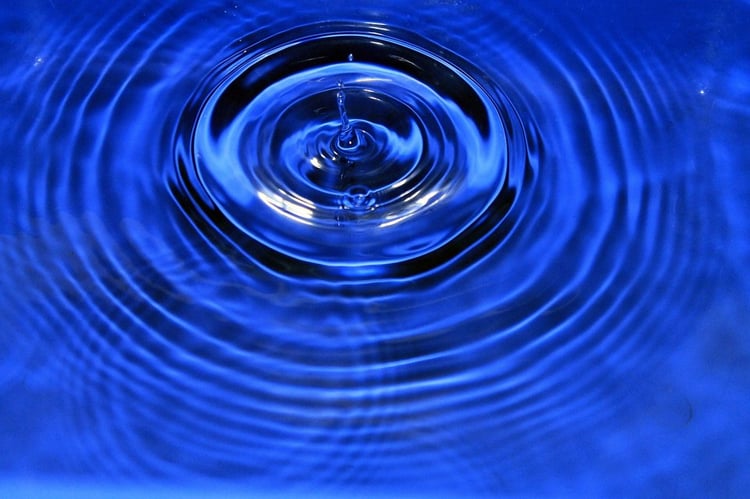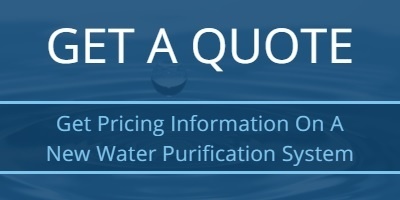
For purified water systems with excellent bacteria performance good design, temperature control and effective routine disinfections are all desirable. The exact cause of bacteria problems are very difficult to identify. This is why an attention to detail in design, installation, commissioning and ongoing maintenance are important. If problems are incurred, there are some very effective disifectants available these days.
Purified water system disinfection doesn’t have to be so difficult and time consuming.. The inclusion of a few basic inexpensive devices in the system design can improve both the method and the disinfection duration.
A stainless steel spray ball installed in the top centre of the treated water tank and connected to the ring main return, will provide two benefits. This will enable the disinfection and continual rinsing of the treated water tank areas above the water line. The system disinfection can be completed using only a third of the treated water tank volume. This not only reduces the volume of disinfectant and water used, but also the volume of effluent discharged.
Chemical handling is always something to be reduced where ever possible. A spool piece between two socket unions or triclovers can be included within the ring main after the treated water pump. At the start of the disinfection the spool piece is removed and a venturi inserted in it’s place. The disinfectant can then be drawn safely into the system using the venture suction and diluted by the venture motive. Once the correct volume of disinfectant is drawn in the venture is removed and the spool piece is inserted. With all chemical disinfections, rinse down is always an issue. By including a “T” piece and valve at the end of the ring main the used disinfectant can be pumped out and the time taken to rinse down reduced.
Disinfection Chemicals
The selection and use of the correct disinfection chemical for the application is important to obtain the best results.
Very popular currently is a blend of peracetic acid and hydrogen peroxide. The hydrogen peroxide acts as a powerful oxidising agent as normal, whilst the peracetic acid atacts and breaks down the DNA of the bacteria cell. Hydrogen peroxide can also be used on it’s own at contact strengths from 1 to 3%. 3% if there really is a biofilm problem to resolve.
Sodium hypochlorite is also effective, but on no account must this come into contact with hydrochloric acid on the plant or in the drains as this will create chlorine gas.









 We are a specialist independent company involved in water purification and water treatment technologies
We are a specialist independent company involved in water purification and water treatment technologies


